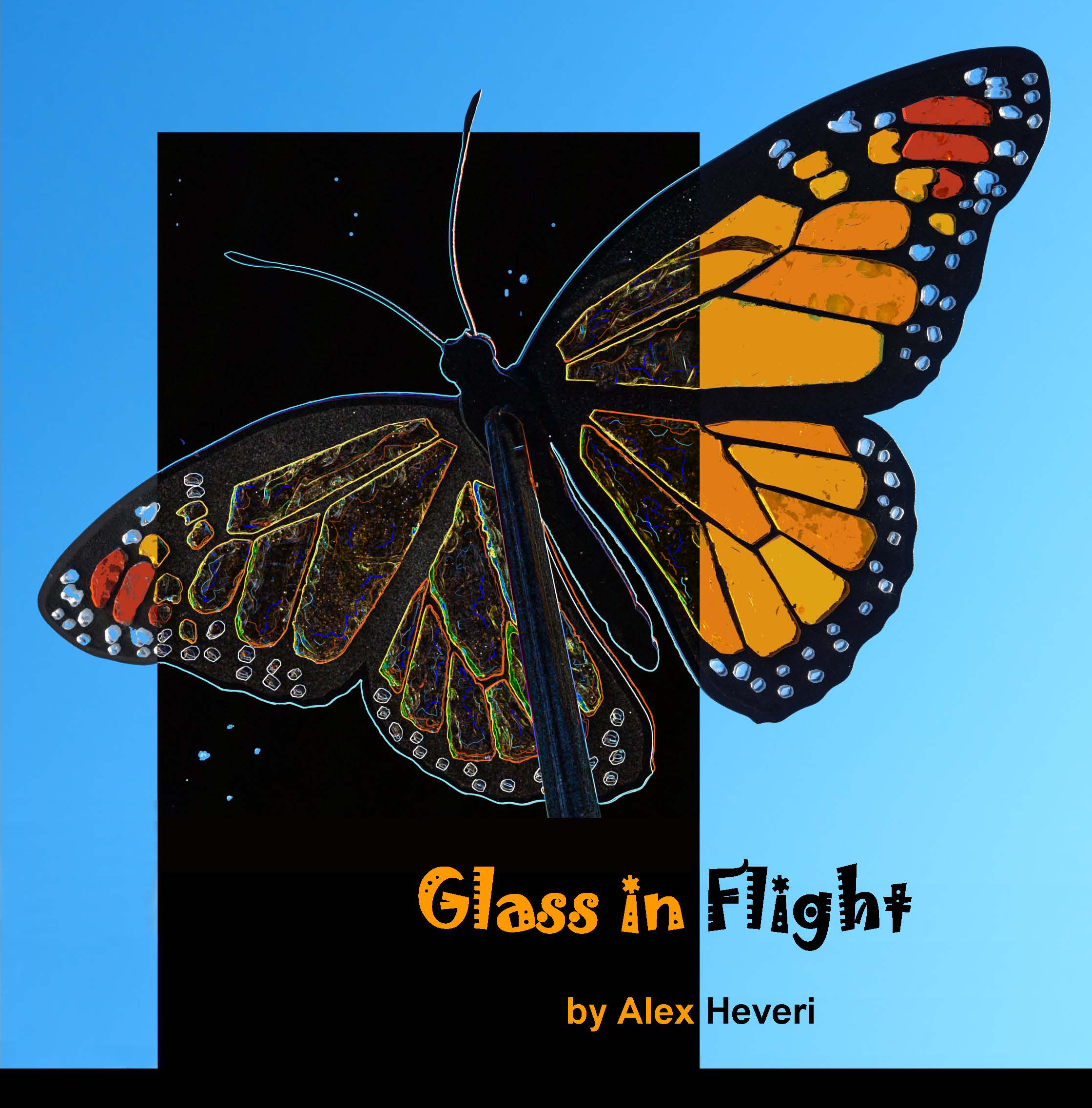Glass in Flight Exhibit at the Arizona Sonora Desert Museum
Glass in Flight, the amazing new glass and steel sculpture exhibit of sparkling butterflies, dragonflies, bamboo, bees and beetles by Alex Heveri, has alighted at the Arizona Sonora Desert Museum!
